Changing the name of a popular model is a big risk for any car company. Don’t believe me? Ask Nissan Australia how much it enjoyed the switch from Pulsar to Tiida…
Volkswagen is the latest brand to change the name of a critical model, dropping Tiguan Allspace in favour of the new Tayron (pronounced tie-ron). But while the name is new, the fundamental concept behind the SUV is not. It’s essentially a stretched version of the Tiguan - albeit with a few design changes - with the option of two more seats in the back to make it a seven seater (or at least in theory).
That puts the Tayron in competition with a wide array of SUV rivals, including (but not limited to) the Toyota Kluger, Hyundai Santa Fe, Mazda CX-80 and Mitsubishi Outlander. So regardless of what Volkswagen calls it, it will need to be an impressive car to woo buyers in such a competitive segment of the market.
Volkswagen Tayron 2026: 110Tsi Life
| Engine Type | |
|---|---|
| Fuel Type | |
| Fuel Efficiency | |
| Seating | 0 |
| Price From | $48,290 |
Price and features – Does it represent good value for the price? What features does it come with?
8 / 10
Volkswagen Australia has spent the last two decades carefully positioning itself as a ‘semi-premium’ car brand, selling buyers on its European design and dynamics while still undercutting the genuine luxury brands.
However, with the influx of new brands and the post-pandemic inflation across the industry, Volkswagen knows it cannot price itself out of reach of the typical family buyer that would look for a Tayron.
That’s why the entry-level 110TSI Life starts below $50,000 and both the five-seater 150TSI Life and seven-seat 150TSI Elegance come in under $60k. It’s only the flagship 195TSI R-Line that blows past $70,000 and pushes back into that true ‘semi-premium’ part of the market.
The decision to have the Tayron around that $50-60,000 mark is no accident, the brand revealed that's the price range many of its buyers prefer to shop in, so they’ve met them where they are.
The 110TSI Life starts at $48,290 (all prices exclude on-road costs) and the more powerful 150TSI Life from $53,990. Both come with 18-inch alloy wheels, keyless entry and ignition, a power tailgate, digital instrument cluster, a 12.9-inch touchscreen multimedia system, in-built navigation, wireless Apple CarPlay and Android Auto, as well as a wireless charger.
Interestingly, the 110TSI comes standard with seven seats, while the 150TSI only has five, but we’ll dive into the details on that later.
Next up in the range is the 150TSI Elegance, which is priced from $59,490. It has seven seats as well as 19-inch alloy wheels, LED headlights with an illuminated grille strip, LED tail-lights, chrome roof rails, rear privacy glass, heated steering wheel, leather-appointed upholstery, power adjustable front seats with massage function and heated rear seats.
Finally, the range is crowned by the 195TSI R-Line, starting at $73,490, and equipped with Matrix LED headlights, R-Line exterior and interior styling, progressive steering, a 15-inch touchscreen multimedia system, a head-up display and a Harman Kardon premium sound system.
Design – Is there anything interesting about its design?
7 / 10
Despite the name change, the resemblance between the Tiguan and Tayron is strong, largely because they still share a lot of commonalities.
From the front windscreen forward, they are the same, but the Tayron gets a different lower bumper treatment across the variants to give it a unique front, as well as squared-off wheel arches for further visual separation from Tiguan.
It’s a similar story at the rear too, with a unique lower bumper to make the pair look different when parked side-by-side.
But where you see the most obvious differences between the pair is from the side, with the Tayron 280mm longer than the Tiguan.
Crucially, the wheelbase has been stretched from 2681mm for the Tiguan to 2791mm for the Tayron, adding an additional 110mm of interior space. This means the side profile of the Tayron looks longer too.
Ultimately, while the changes are obvious when the two are side-by-side, there’s still a clear visual connection between the pair, despite the different names.
Practicality – How practical is its space and tech inside?
7 / 10
Volkswagen’s reputation for being ‘semi-premium’ came in part because it offered an elevated in-car experience compared to many of its mainstream rivals. And that is very much the case with the new Tayron, which is loaded with the latest technology but still looks and feels like a Volkswagen.
The interior is dominated by the central screen, which at 15 inches on the 150TSI Elegance and 195TSI R-Line pushes to the very limits of how big and how high an multimedia screen like this can be practically and safely included in a car. While it’s not the biggest in-car screen, it sits right at the top of the centre of the dashboard and almost gets in the way of vision across the bonnet.
The (slightly) smaller 12.9-inch display in the rest of the range is obviously better, but both screens are generous in size and offer good touchscreen usability, with fast reactions and relatively straightforward menus.

However, what neither offers is much in the way of physical switchgear, so most controls need to be changed via the touchscreen, which is not the easiest or safest way to interact with a vehicle you’re trying to drive.
But overall the cabin design is nice and what we’ve come to expect from Volkswagen. The materials look and feel high quality and there’s a nice mix to create a more premium-feeling environment.
One notable element is the extra storage in the console between the front seats, which includes a clever spot for two smartphones to wirelessly charge, with a lid on top for added usable space.
As for the practicality, that really depends on your point-of-view and reasons for needing a seven-seat SUV. That’s because the Tayron, like the Tiguan Allspace before it, is not really a true seven-seater but rather more accurately described as a ‘5+2’ SUV.
What that means is, the third-row seats are for occasional use rather than regular use. So, if you need something to carry five or more passengers (most likely a family with multiple children) on a regular basis, then the Tayron is likely too small for your needs.
If, however, you need a five-seater the majority of the time but would like the option to carry two more if the need arises, then the Tayron is very much worth considering.
Even then, it’s worth noting that the third row is both tight on space (even with the second row slid forward) and there is only limited storage and no air-con vents, charging outlets or even child seat restraints.
Space in the first two rows is good, though, with the second row able to slide backwards and forwards depending on how much space your passengers need.
As for the 150TSI Life, with its unique five-seat layout, well it takes advantage of one of the biggest selling points of the Tayron - it’s big boot.

The five-seater gets 885 litres of boot space, thanks in part to some underfloor storage where the seats would normally be. So it will appeal to those who like a mid-size SUV, like the Tiguan, but need extra cargo room on the regular.
As for the seven-seat versions, Volkswagen claims the Tayron has 850 litres with third-row stowed and 345 litres with third row in use. The former is excellent, while the latter is adequate.
The addition of the extra seats means the Tayron is equipped with a space-saver spare wheel, rather than a full-size one.
Under the bonnet – What are the key stats for its engine and transmission?
7 / 10
There are three powertrain choices for the arrival of the Tayron, but the company has also confirmed two plug-in hybrid variants are coming in 2026.
For now it’s an all-petrol-powered line-up. The 110TSI Life is powered by a 110kW/250Nm 1.4-litre turbocharged four-cylinder petrol engine. This is paired to a seven-speed dual-clutch automatic transmission and sends all its performance via the front wheels only.
The 150TSI gets a bigger 2.0-litre turbocharged four-cylinder engine making, you guessed it, 150kW and 320Nm. It also has a seven-speed dual-clutch automatic but adds all-wheel drive.

Finally, there’s the 195TSI R-Line, which VW claims offers ‘GTI levels of performance’, so it gets a 2.0-litre turbocharged four-cylinder unit pumping out 195kW and 400Nm. Once again, this is mated to a seven-speed dual-clutch automatic transmission and gets an all-wheel drive system.
While the performance offered by all three powertrains is good, the lack of the hybrid option from launch does cost Volkswagen a point or two.
Efficiency – What is its fuel consumption? What is its driving range?
7 / 10
Going with a line-up of turbocharged petrol engines means the Tayron isn’t the most efficient SUV in its segment, but the addition of the eHybrid PHEVs next year will change that.
In the meantime, what you need to know is that the 110TSI uses 7.6L/100km, the 150TSI has a 7.7L/100km claim and the 195TSI is unsurprisingly the thirstiest at 8.6L/100km.
Those are all relatively high when you compare them to key rivals, such as the Hyundai Santa Fe Hybrid, which uses just 5.6L/100km, the same as the Toyota Kluger Hybrid - and both of those are conventional hybrid systems.

The saving grace for VW is the non-hybrid Santa Fe uses 9.3L, so it makes the Tayron look better. But until the Tayron plug-in hybrids arrive, VW is at a disadvantage.
As for driving range, the 110TSI has a 55-litre fuel tank, so a theoretical range of 720km between fueling stops. The 150TSI and 195TSI get a slightly larger 58-litre tank, which means the former has a 750km range and the latter approximately 675km.
Driving – What's it like to drive?
8 / 10
Family-friendly SUV or not, a big part of Volkswagen’s ‘semi-premium’ reputation came from its more dynamic and engaging driving experience. While other brands have certainly caught up, and in some cases surpassed VW, it remains a core attribute.
That is very much the case with the Tayron, which has a very well-sorted powertrain and chassis, and that means good performance when you put your foot down and excellent response when you turn the wheel.
Obviously nobody really buys a seven-seat SUV for its dynamic qualities but it’s a nice bonus, especially when you are paying this kind of money.
One downside of the dynamics is the responsive handling comes at the cost of firmer suspension, so it can feel busy on bumpy roads.
However, there was a bigger issue on the cars we drove at the official launch event, with several suffering from noticeable rattles from the doors, especially when the road gets choppy.
This is very much not a traditional Volkswagen feature, which typically have very solid build quality, so it will be worth listening for if you take a Tayron for a test drive.
Warranty & Safety Rating
Safety – What safety equipment is fitted? What is its safety rating?
8 / 10
As you’d expect from an all-new model, the Tayron comes loaded with safety equipment, including both passive and active systems.
On the passive side, there are nine airbags, including a centre airbag between the passengers and side curtain ‘bags that cover the third row occupants.
On the active safety front, there is all the usual stuff you expect these days, including freeway-speed auto emergency braking (AEB) with vulnerable road-user protections and intersection features, lane keeping assist, blind-spot monitoring, both front and rear cross-traffic alert (including pedestrian and cyclist detection), driver attention alert, traffic sign recognition, adaptive cruise control and exit warning.

Volkswagen has also rolled out a new system called Travel Assist, which combines the adaptive cruise control and lane assist to create a semi-autonomous driving function under the right circumstances.
Notably, if you don’t like all these systems, Volkswagen says that some of them can be switched off and stay off (rather than defaulting to on every time you start the car). These include the acoustic speed warning and adaptive cruise control for speed limit response and road layout response. However, all the other systems will switch back on every time you start the car.

Which is actually not a bad thing in the case of the Tayron, at least based on our initial drive. Unlike many rivals which feature overly-sensitive systems with annoying ‘beeps and bongs’ that can actually become distracting at times, the Volkswagen system is both well calibrated and offers subtle warnings. It makes for a more enjoyable driving experience, while retaining all the benefits of these safety systems.
The Tayron has already earned a five-star rating from Euro NCAP, so the company is expecting the same from ANCAP.
Ownership – What warranty is offered? What are its service intervals? What are its running costs?
7 / 10
The Tayron is covered by VW’s usual five-year, unlimited kilometre warranty. While that’s not bad, per se, it also not particularly outstanding given the growing number of seven and 10-year coverages.
As for servicing, the Tayron requires a check-up every 12 months or 15,000km, whichever comes first. VW Australia offers either three or five-year Care Plans, which save you money compared to the pay-as-you-go offer.
For the 110TSI a three-year plan costs $1595 (saving $178) and the five-year plan $2910 (saving $528). The 150TSI and 195TSI cost the same, with three years $1891 (saving $211) and five years for $3550 (saving $554).
Verdict
The Tiguan Allspace was not really an iconic Volkswagen badge, not in the same way as the Golf, Polo or even just the Tiguan itself, so the brand has taken a smaller risk than many in changing names. But, to be blunt, it doesn’t really matter what the badge on the back is, as long as, at its core, it lives up to the Volkswagen attributes buyers expect - and the Tayron definitely does that.
This new seven-seat SUV is a very welcome addition not only to Volkswagen’s line-up, but to the entire family SUV segment. It’s competitively priced, enjoyable to drive and very practical. The Tayron has a lot to offer those in the market for family-friendly transport.
That doesn’t mean it’s best-in-class, and there are areas where it can be improved, but there’s no reason why the Tayron shouldn’t enjoy the same level of success the Tiguan Allspace enjoyed.
Note: CarsGuide attended this event as a guest of the manufacturer, with accommodation and meals provided.
Pricing Guides






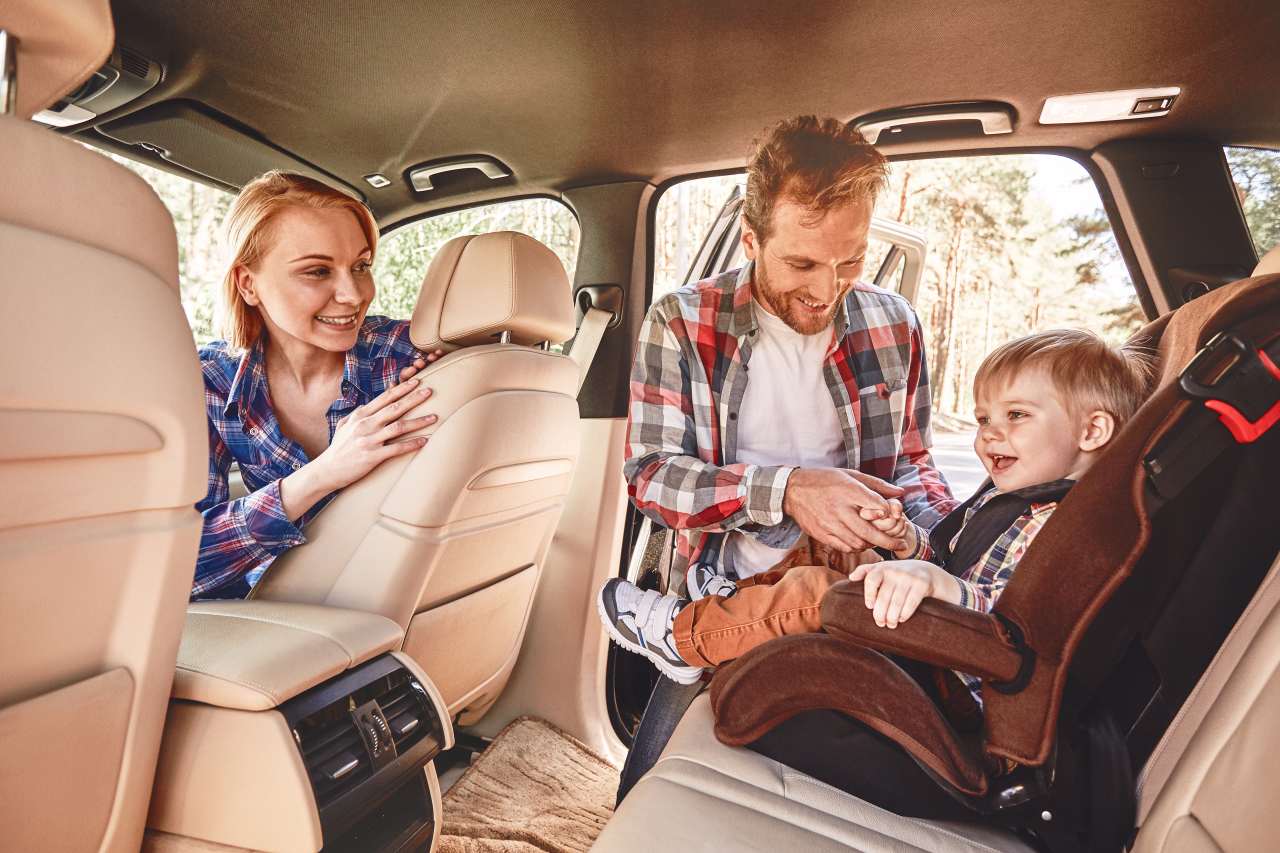

















































































































































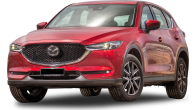





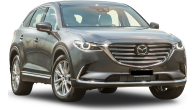
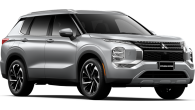



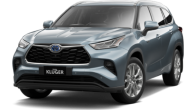



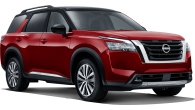

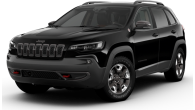





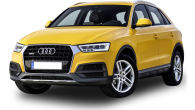
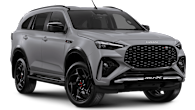



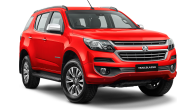


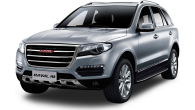



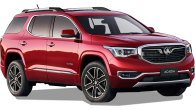
.png)

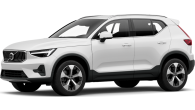


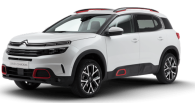

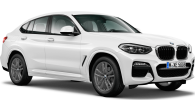

.png)


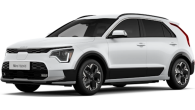


.jpg)



